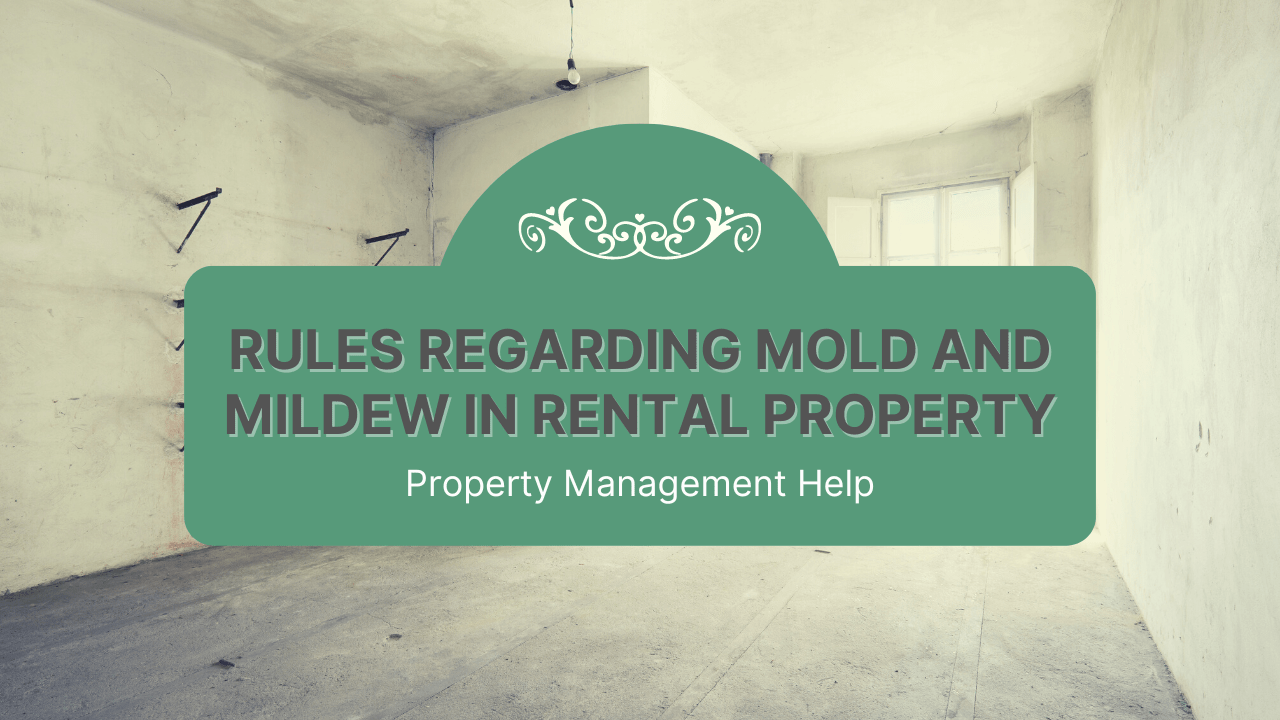SAN FRANCISCO RULES REGARDING MOLD AND MILDEW IN RENTAL PROPERTY San Francisco Property Management Help

Mold.
It’s gross to even think about, and San Francisco landlords hate to think about it invading their
rental properties. It can be dangerous to tenants and expensive to remove. Unfortunately, it can be difficult to detect and unless you have an expensive expert on hand to analyze it, you don’t really know if you’re dealing with toxic mold or basic mildew.
So, how can you protect your investment from mold and mildew and the additional problems they can create? How do you hold your tenants accountable for avoiding mold and mildew?
We’re talking about all the San Francisco rules regarding mold and mildew in a rental property and some of the things California’s state laws require you to disclose to your tenants.

WHY MOLD MATTERS
Mold in a San Francisco rental unit is often due to improper ventilation or inadequate cleaning. While these are things that the tenant controls while living in the unit, landlords are generally considered responsible for mold detection and cleanup. If mold is reported by a tenant, you’ll have to pay for testing that proves the home is free from dangerous spores. You’ll need to take all mold complaints seriously.
1. MOLD AND HEALTH HAZARDS
There are some sorts of mold that surround us inside and outside and we barely notice it. Those molds are nontoxic and they’re not harmful.
Some mold, however, can have serious health implications, especially for people who already suffer from asthma and other respiratory ailments.
The CDC notes that exposure to a large number of mold spores may cause allergic symptoms in healthy people. If you’re exposed to mold on a daily basis, you might find your eyes watering, your nose running, and your whole face itching. There could be sneezing and coughing, headaches and even difficulty breathing.
Mold is unpleasant for everyone. Having it does not necessarily mean your property is unclean or dirty. Mold grows in San Francisco fairly easily. Our climate isn’t humid, but there’s a lot of moisture in the air around us and our buildings are highly sensitive to the growth of mold and mildew. We’re a large city with a lot of people packed into every building. There’s going to be mold.
2. SAN FRANCISCO RENTAL LAWS DEFINE MOLD AS A PUBLIC HEALTH NUISANCE
In San Francisco, mold is defined as a public health nuisance, which means it’s as dangerous to a property and a person as an infestation of rats or a sewer leak, or piles of trash left in hallways and elevators. If you don’t remove any mold that is found on your property, you can be sued by your tenants.
Some types of mold are toxic and can lead to health problems, which means
San Francisco rental laws see a home with mold as potentially not habitable.
If you don’t clean out the existing mold and take every possible precaution to prevent new mold from growing, your tenants can make a complaint to the San Francisco Department of Public Health.
3. IDENTIFYING AND CLEANING MOLD IN SAN FRANCISCO APARTMENTS
The San Francisco Department of Public Health does not do mold testing, but they do hold property owners accountable for any mold growth in their rental homes. When a tenant reports mold, have the property tested and cleaned. Mold spores must be contained and removed in order for it not to be a public health nuisance any longer.
Contact a mold remediation company so you can document that the problem was professionally handled. If the mold was caused by a leak or other covered problem, you may get some help from your insurance company.
4. SAN FRANCISCO TENANT RESPONSIBILITIES
While landlords are generally responsible for providing a mold-free rental unit in San Francisco, tenants can also be expected to prevent moisture and humidity from building up in their homes, causing mold and mildew to grow. Include this in your lease agreement and provide some tips on how to prevent mold growth.
If you believe a departing tenant caused a mold problem that goes beyond general wear and tear, you can deduct the cost of repairs from the security deposit. Make sure it’s well-documented. You’ll need to provide a written explanation that justifies the deduction.
5. TENANT BURDEN OF PROOF IN MOLD CASES
In the past, tenants have been quick to sue landlords for mold. Or, they’ve fought off evictions by saying that the landlord had not maintained a habitable living environment due to the growth of mold. Laws passed in 2015 sought to protect San Francisco landlords from unreasonable mold complaints.
Tenants now have to meet a certain legal threshold if they’re going to withhold rent or make claims against their landlord. Here’s a summary:
- Mold must be visible. If you and your tenants cannot see and document the mold, it cannot be used against you. Always document the condition of your property carefully. Those move-in and move-out inspection photos should show that no mold is or was present, especially in kitchens and bathrooms where it’s most likely to show up.
- Mold must be confirmed as a present by a health officer, code enforcement officer, or mold remediation company. It cannot be a last-ditch claim to avoid eviction or rental payments.
- Minor mold or mildew that grows on surfaces like shower walls and ceilings and can easily be cleaned away and prevented by tenants does not meet the public health nuisance guidelines.
- Tenants have to inform landlords in writing that mold exists before they’re responsible for dealing with it.
- Landlords must be allowed to enter the tenant’s unit in order to deal with the mold problem.
None of this excuses you from taking mold problems seriously. You’ll need to identify it, clean it, and prevent it. However, you’re protected against frivolous claims of mold from tenants who are trying to hold you responsible for something that does not exist in order to avoid eviction.
6. AVOIDING MOLD AND WATER INTRUSION IN SAN FRANCISCO RENTAL UNITS
Once mold is detected, you will have to spend a lot of money cleaning up the property and putting preventative checks into place so that the mold doesn’t grow back.
The best way to deal with mold is to reduce the risk that your rental property will ever have it.
Water is always the issue that leads to a mold problem. Looking for leaks should be a checklist item on every inspection, whether it’s a move-in inspection, general maintenance inspection, or turnover inspection. Check the likely areas; under sinks, behind toilets, and around tubs. Inspect your appliances, especially refrigerators and dishwashers. Outside, have your sprinklers or irrigation inspected. You’ll want to know if mold is contained to one or two units or if it’s a building-wide problem.
Clean out gutters regularly and make sure there aren’t any issues with the roof that may be inviting water into the property. Keep all moisture away from the building as best you can.
Check your ductwork as well. Heating and cooling systems can collect mold spores, and it won’t be as easy to detect the origin of the problem when they’re hiding in the ducts of your air conditioning or furnace.
7. CALIFORNIA LAW AND MOLD DISCLOSURES
California requires sellers of residential buildings with up to four units to disclose in writing any known hazardous conditions, including mold. Before your tenants sign a rental agreement, you have to tell them that mold in the property may pose a health threat.
Mold is a health code violation in California. That’s because it can potentially endanger life, limb, health, property, safety, or welfare. According to state law, this determination must be made by a qualified health officer or code enforcement officer.
Mold is not a health code violation when it’s simply a surface mold that accumulates through the normal use of a rental unit. For example, a moldy sink is not your responsibility as a landlord. The tenant is responsible for avoiding that type of problem. Mold on a shower ceiling or in the caulk between bathroom tiles is not a health code violation.
When there’s black mold discovered under your floors, behind your walls, or spreading through your ceiling - that’s where you find a health code violation. You’ll need to invest in a full clean-up.
What about mildew?
There’s mold and then there’s mildew.
Mildew is unpleasant to look at, but generally not as dangerous as mold. It’s also easier to identify because it’s not likely to burrow beneath surfaces as mold does. It’s also easier to remove and rarely requires professional intervention.

SAN FRANCISCO PROPERTY MANAGEMENT MOLD PREVENTION
Dealing with mold quickly and preventatively is what works best for San Francisco property managers. We can help you prevent expensive and time-consuming mold issues. At BanCal Property Management, we’ve been working with owners to maintain healthy, habitable rental homes since 1987.
To hear more about our leasing and management services as well as our investment assistance, please
contact us. We also welcome your comments, questions, and suggestions for topics you want to learn about, so please share those too. What’s your worst mold story?








